What it is?
The traditional design of a floor-standing toilet includes a bowl, foot and cistern. At the same time, the drain button is located on the tank, and the leg is on the floor.
In the photo, an elongated toilet bowl
A suspended toilet in the interior looks different: only the bowl itself, "floating in the air" and the flush button, which is mounted above the seat at the level of an outstretched arm, remain in sight. At the same time, a flat tank and communications (water supply, sewerage) are hidden inside the installation for a wall-hung toilet, which is installed behind a wall or partition.
The installation itself is a solid welded structure made of metal profiles - it is attached to the wall and, thanks to the distribution of the load, reliably holds not only the toilet bowl, but also the person sitting on it.
Toilets with installation are:
- Blocky... Their main advantage is low price and compactness. But block systems can only be attached to main walls, which significantly narrows the scope of their use.
- Framed... Made of robust profiles that can withstand heavy loads. Can be attached to the floor, wall, or both. Since the main load falls on the frame, wooden walls, gypsum board and other fragile materials are suitable as a basis.
Pictured is a square model in a modern bathroom
What are the pros and cons?
Why do designers advise hanging toilet bowls, and people buy them for their homes?
- beauty... The aesthetic characteristics are hidden sewer and water pipes, functional but ugly details.
- Convenience of cleaning... At the junction of the leg with the floor, dust constantly accumulates and it is quite difficult to wash it out, if you use the wall option, the problem will be solved by itself.
- Reliability... High-quality models can withstand up to 400 kg of weight.
- Variability... Manufacturers often sell bowls and wall-hung toilet bowls separately - this allows you to assemble a kit that fits perfectly into your bathroom.
- Low level noise. If you are tired of the sound of water gathering in the bathroom, change the standard toilet for a wall-mounted one. Firstly, the tank is hidden behind a partition, and secondly, it is usually lined with additional noise-insulating material.
We must not forget about the cons:
- High price... Although prices for plumbing vary, a wall-mounted design will cost several times more than a floor one.
- Complex installation... It is better to entrust the work to a professional.
- Repair difficulties... Since all pipelines are hidden behind a partition, in the event of a leak, you will have to remove the trim and disassemble the wall.
What to consider when choosing?
When choosing a wall-hung toilet for your bathroom, you need to consider 5 important points:
- The size.
- The form.
- Bowl material.
- Internal form.
- Color.
To choose the dimensions of the wall-hung toilet first of all, the area of the bathroom and the very place where it will be installed:
- Compact (length <55 cm)... The small volume helps to save space in small bathrooms.
- Medium (55-60 cm)... Most popular for their versatility: suitable for any premises.
- Increased (61-70 cm)... Choose for spacious bathrooms, provide ease of use for people with disabilities.
Forms hanging toilets, like conventional ones, are geometric:
- Circle or oval... Elongated models are more common, they are more ergonomic. Additional benefits include ease of maintenance - the absence of corners and bends makes it easy to clean the insides with a brush. In addition, if there are no sharp corners, the risk of injury is much lower.
- Square or rectangle... Angles and clean lines increase the risk of injury, but such plumbing looks very stylish. Especially when installed in modern, minimalistic interiors.
The shape of the bowl may differ by the presence of a rim. Rimless toilets - an innovation that deserves special attention. The absence of a rim (recess) opens up new horizons in maintaining cleanliness: bacteria have nowhere to accumulate and you can be sure of the sterility of the plumbing after a regular wash.
In the photo, a set of plumbing in the same style
The bowls themselves are made from various materials, you can select them for an already installed bath or bathroom colors:
- Porcelain... The snow-white non-porous surface looks noble and simplifies the cleaning process.
- Faience... The budget analogue of porcelain does not look so elegant, but it is quite acceptable in modern interiors.
- Metal... The perfect choice for loft-style bathrooms.
- Fake diamond... Yes, not only bathtubs and sinks are made of it - toilets made of polymer concrete are strong, durable and stylish.
- Glass... A rare but effective option: looks especially good in high-tech settings.
Convenience and hygiene of use, efficiency of flushing depends on the type of bowl from the inside. There are 3 types:
- Visor... A special "shelf" at the front wall protects against splashing water.
- Poppet... "Shelf" at the back wall. Least hygienic format.
- Funnel-shaped... The most hygienic option without a shelf, but requires an additional anti-splash system.
In wall models, the outlet usually has one form: horizontal. Oblique is less common.
And the last one - product color... The choice here is a matter of taste. You can choose the right one for tiles or other finishes, or choose standard white. Special series from different manufacturers provide for both monochrome sanitary ware (gray, black, cream). So is color - blue, red, green, yellow. They also produce products with prints or drawings.
Attention should be paid not only to the color of the bowl, but also to the buttons: the chrome plated drain does not match black or bronze faucets. To achieve harmony in the design, choose all the metal in the same scale.
Pictured is a black toilet with a bidet
Installation features
Installing a wall-hung toilet in a bathroom is a delicate matter. It's easier to entrust it to a plumber, but if you are going to install it yourself, follow the advice of experts:
- Purchase two parts (bowl and installation) from the same manufacturer - this will ensure that the technical holes match and simplify the work.
- Check the availability of fasteners when buying: some models do not have them, you will have to buy separately.
- To hide the inside, a false wall is built, the depth and width of which is determined by the dimensions of the structure.
- The frame is fixed at 4 points on the wall, or 2 on the wall, 2 in the floor. Be sure to use a level - horizontal and vertical must be clearly maintained.
- Use the templates included with the installation to quickly cut drywall and finishing materials.
How does it look in the interior?
Toilets without legs - the choice of people who appreciate ergonomics and preferring modern trends in design. Indeed, in classic bathroom with moldings and gilding, the wall product will look out of place (the exception is the plumbing is made in a suitable style).
But in a minimalist bathroom design or when decorating in a high-tech style, a hanging toilet is indispensable.
In the photo, a version of a wall-hung toilet for a classic bathroom
The lack of a leg, by the way, will especially appeal to the owners of tiny bathrooms. The more free space on the floor, the more visually spacious the room seems. For the same reason, hanging cabinets under the sink are chosen instead of floor sinks.
The main fear of homeowners is the flimsy design: we hope we have been able to debunk this myth and show a lot of additional benefits of hanging toilets.

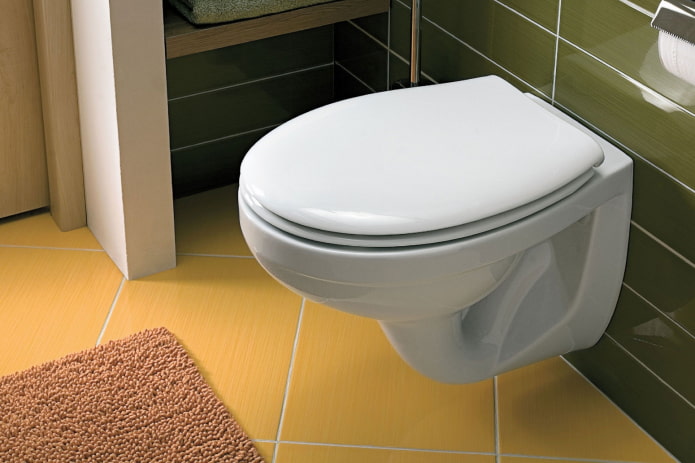
 10 practical tips for arranging a small kitchen in the country
10 practical tips for arranging a small kitchen in the country
 12 simple ideas for a small garden that will make it visually spacious
12 simple ideas for a small garden that will make it visually spacious

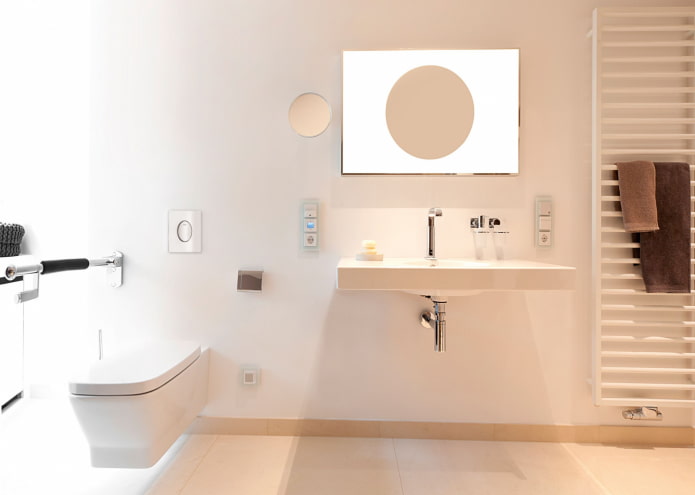
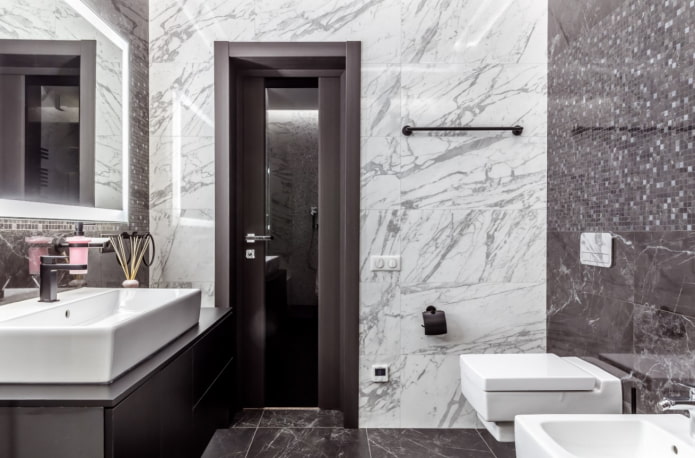
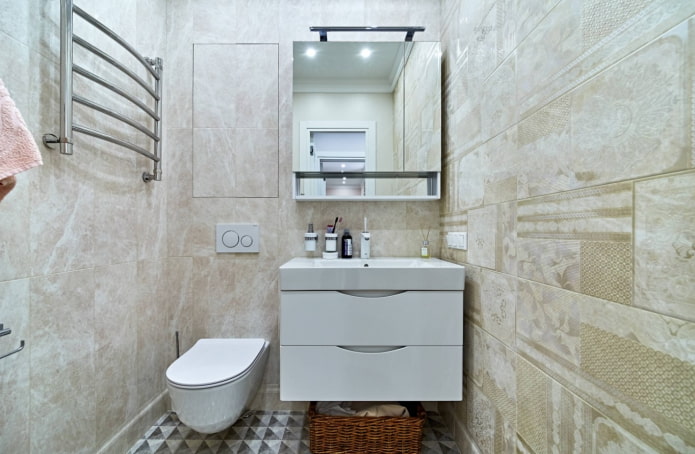
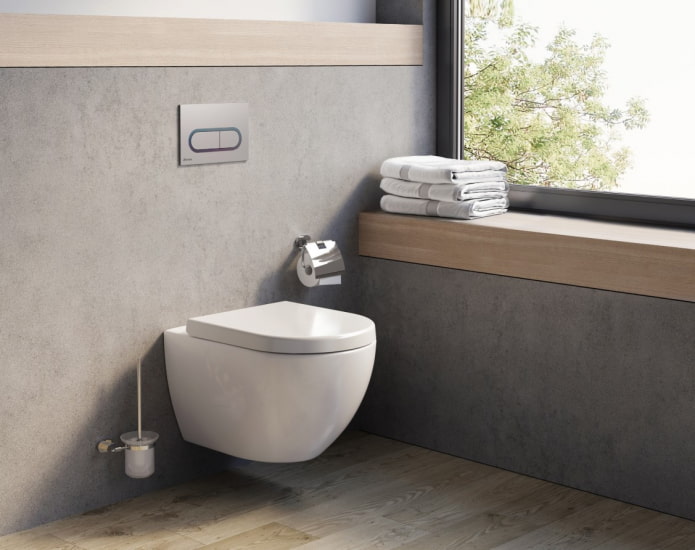
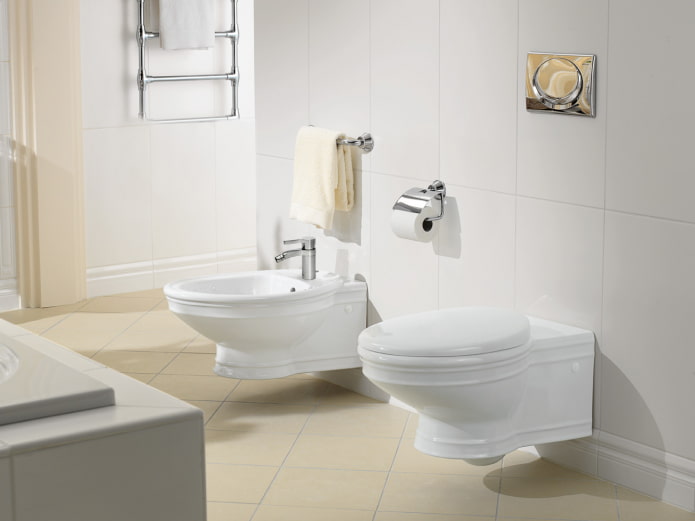
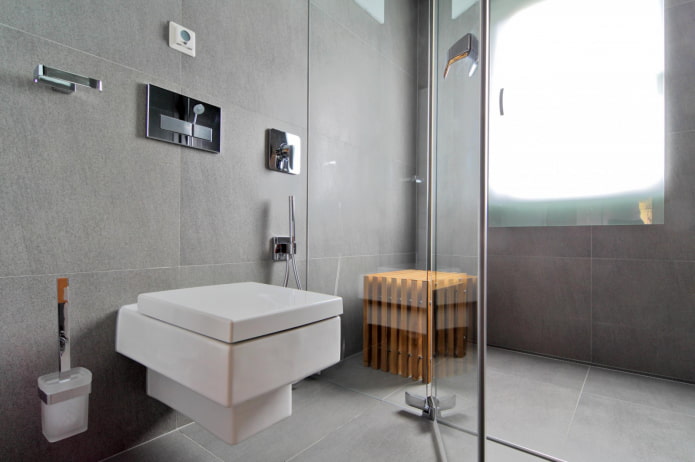
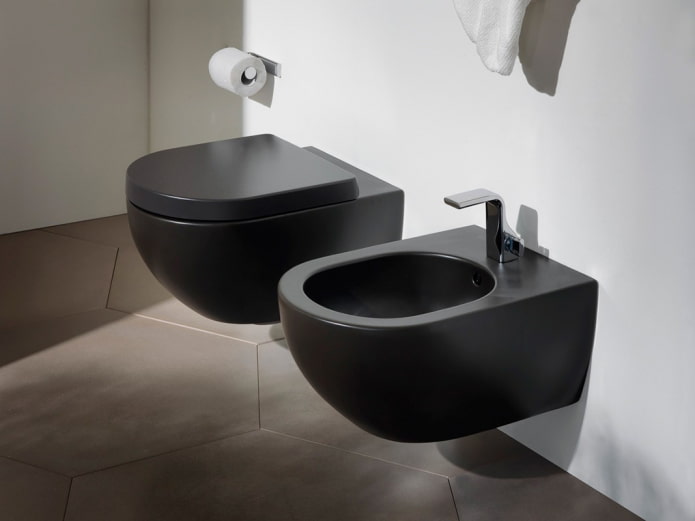
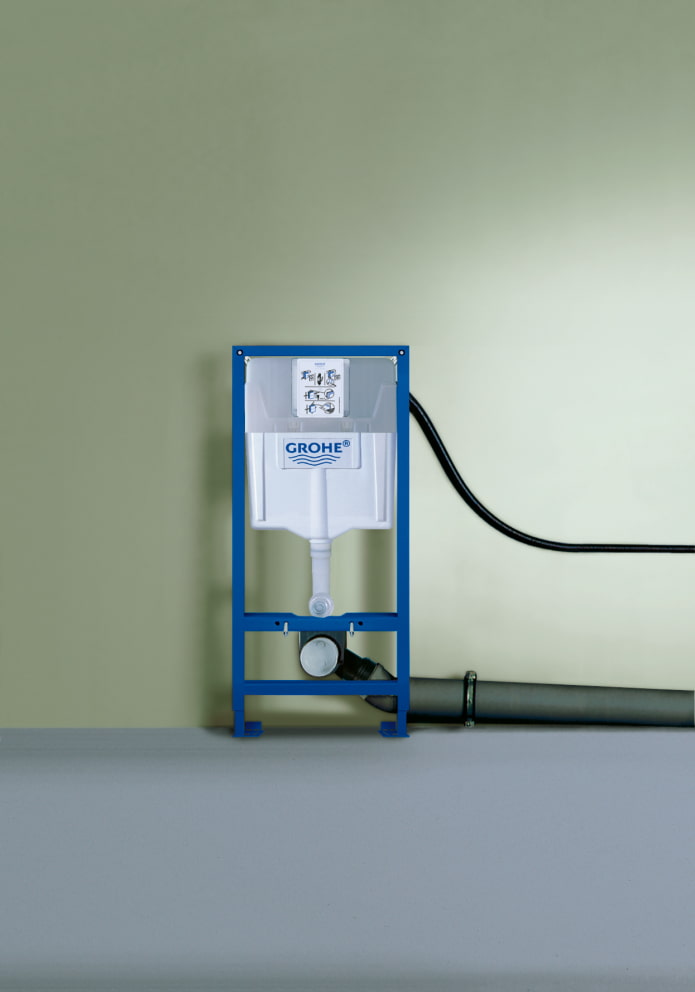
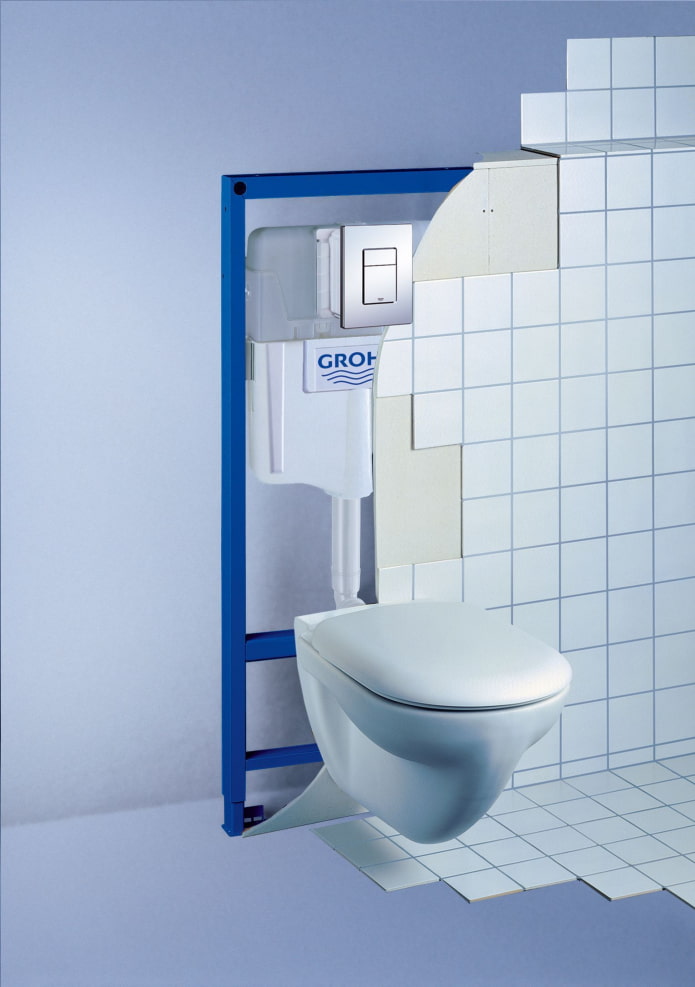
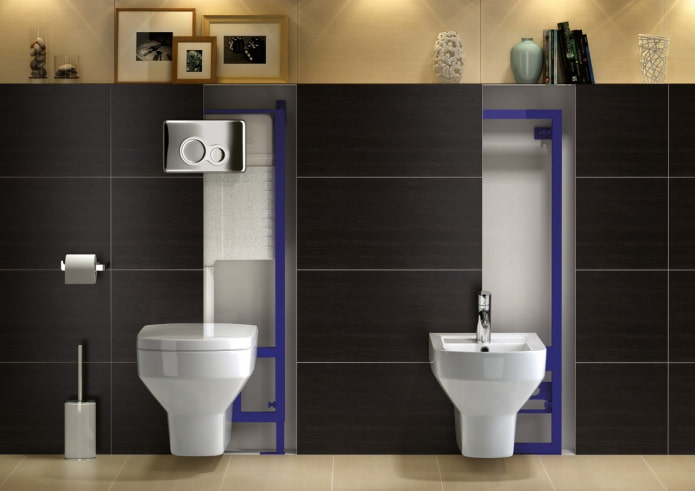
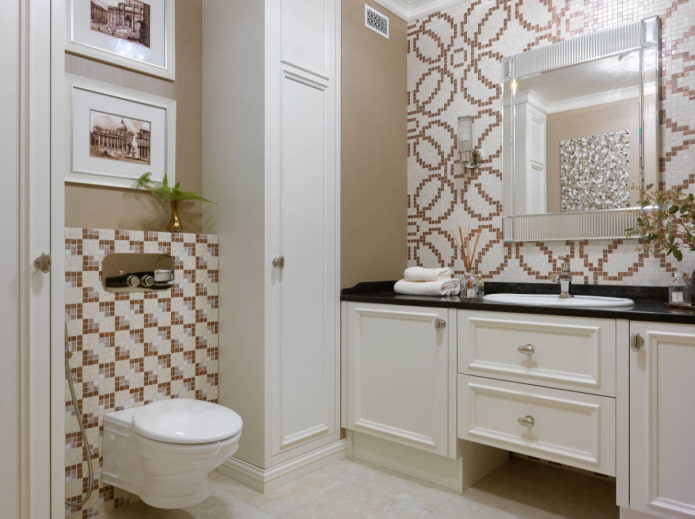
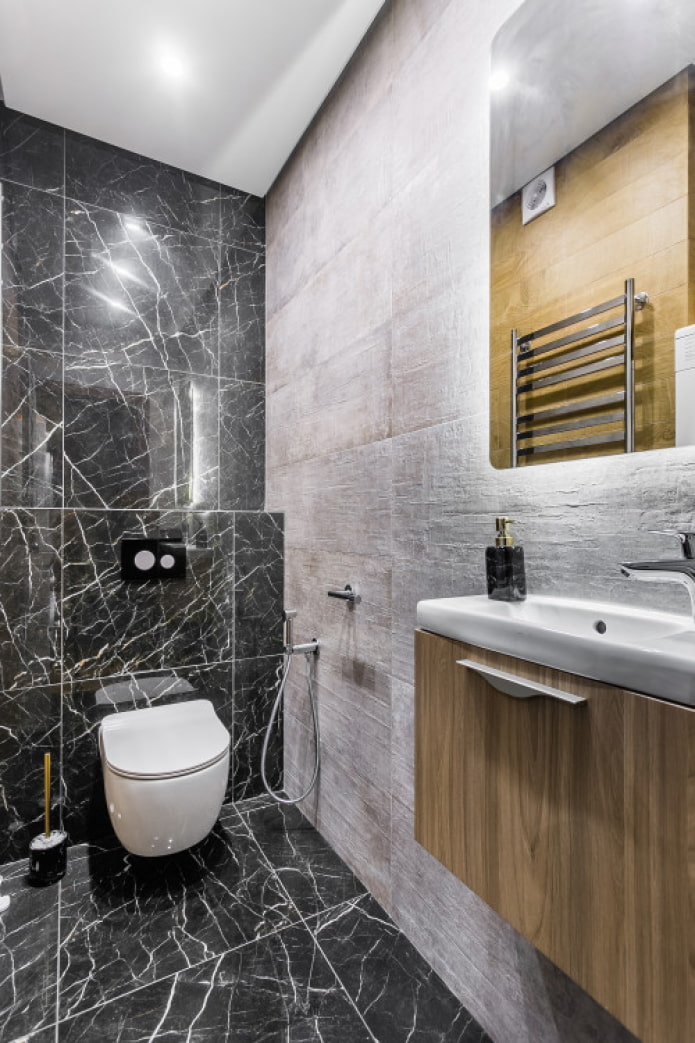
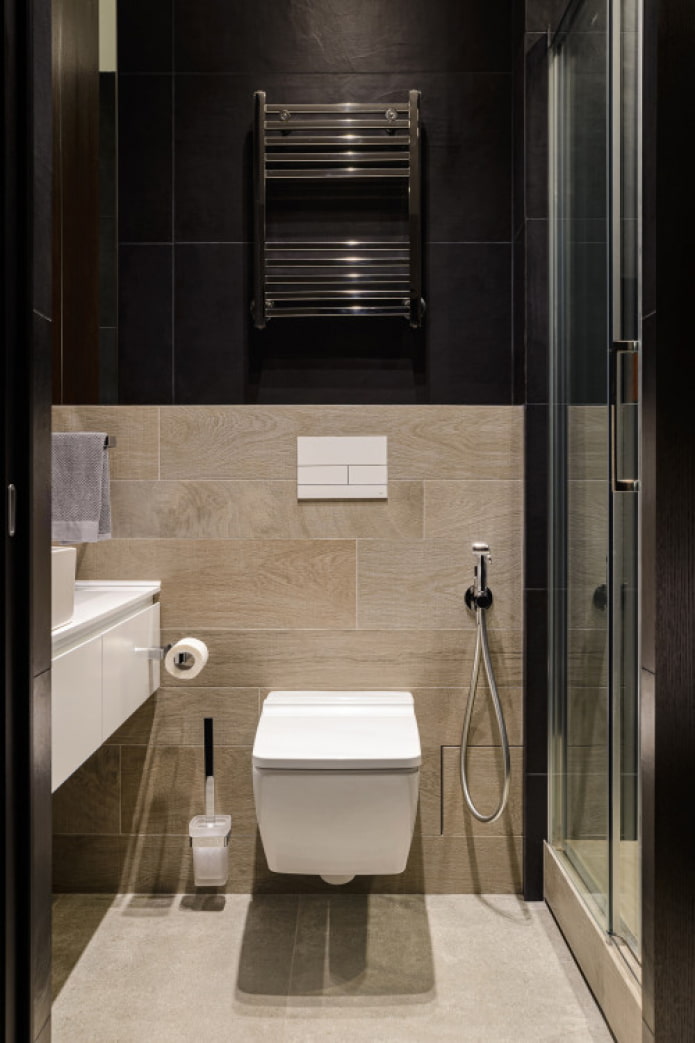
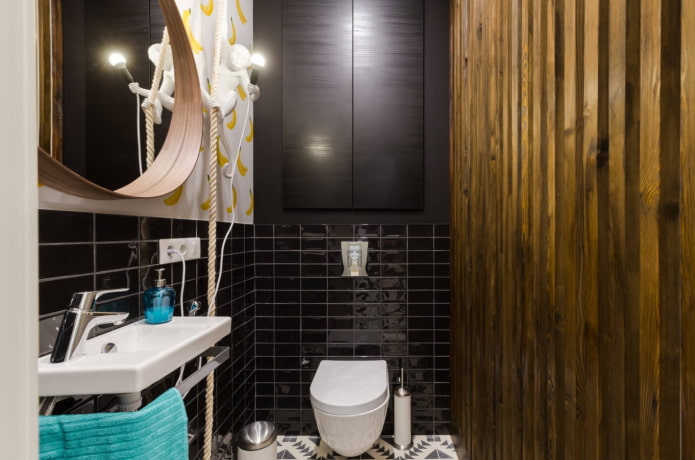
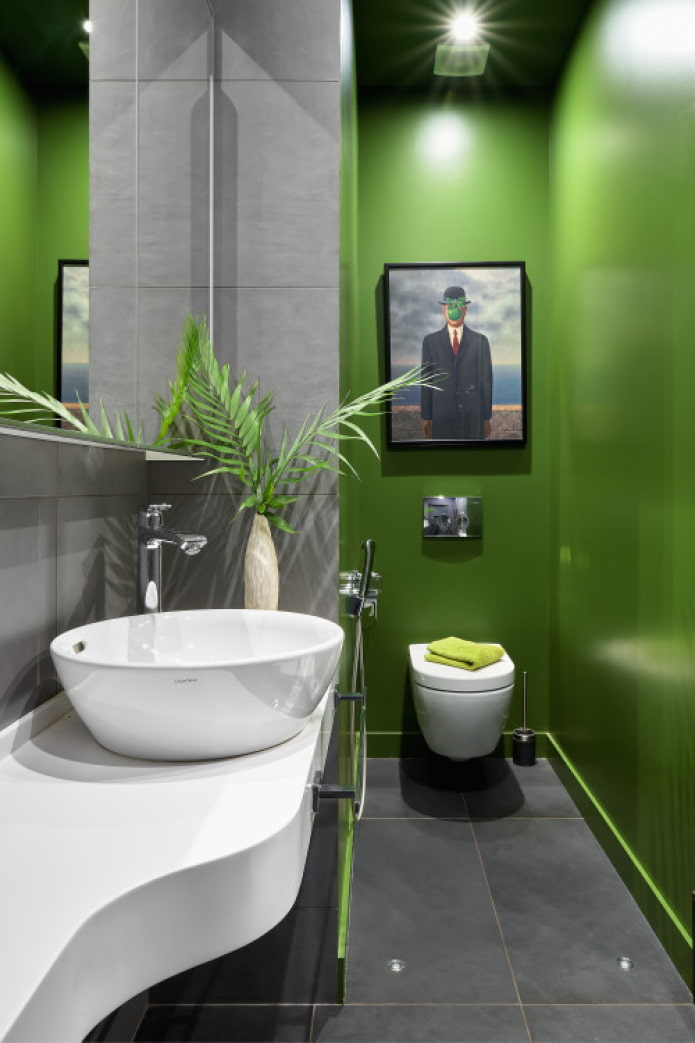

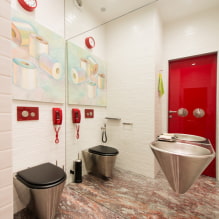

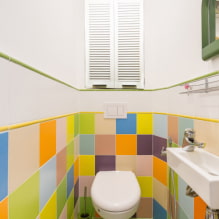

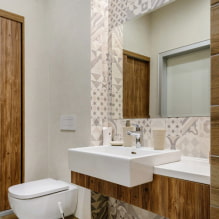


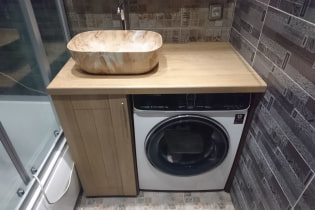 How to position the washing machine in a small bathroom?
How to position the washing machine in a small bathroom?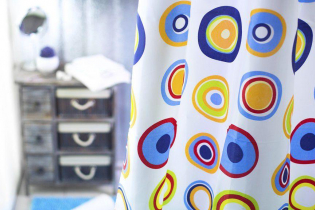 How to remove plaque from the bathroom curtain?
How to remove plaque from the bathroom curtain?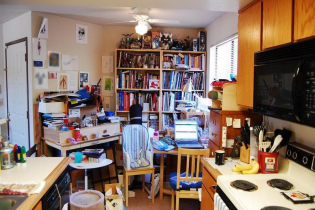 7 common mistakes in small apartment renovation that eat up all the space
7 common mistakes in small apartment renovation that eat up all the space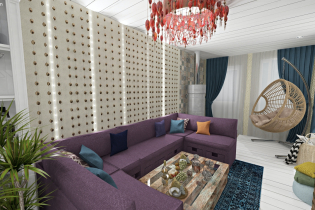 Apartment layout: how not to be mistaken?
Apartment layout: how not to be mistaken?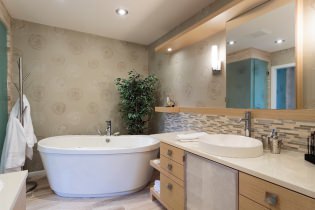 Wallpaper for the bathroom: pros and cons, types, design, 70 photos in the interior
Wallpaper for the bathroom: pros and cons, types, design, 70 photos in the interior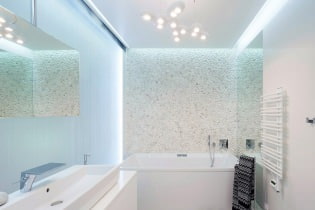 Modern bathroom interior: 60 best photos and design ideas
Modern bathroom interior: 60 best photos and design ideas